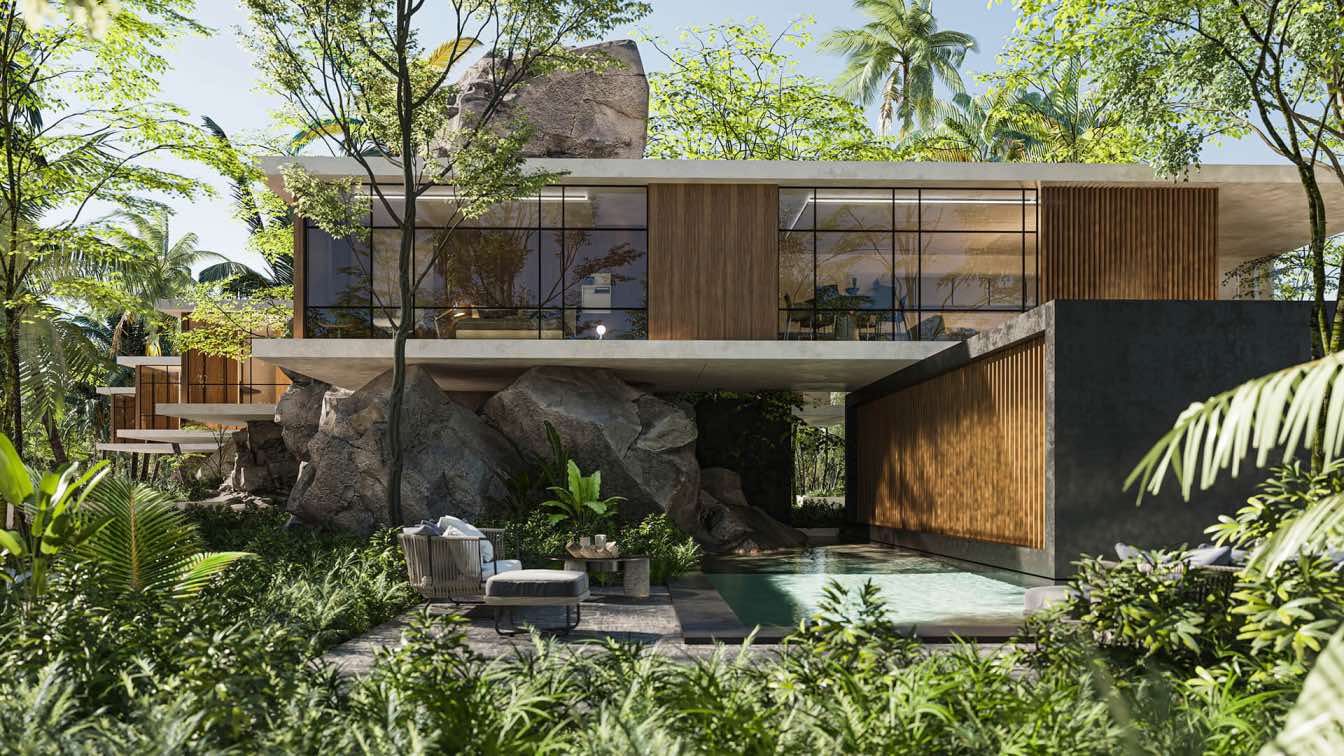Maine, with its picturesque landscapes, rugged coastlines, and vibrant communities, has long been a source of inspiration for architects seeking to blend functionality with aesthetic appeal. The state’s best architects in Maine landscape reflects a rich tapestry of historical influences, regional traditions, and contemporary design philosophies. In this blog, we delve into Maine’s architectural zeitgeist, exploring designs that have come to define different eras and contribute to the state’s unique built environment.
Colonial Heritage:
Maine’s architectural roots are deeply embedded in its colonial history. The state’s early European settlers brought with them architectural styles reminiscent of their homelands, leading to the emergence of Colonial and Georgian designs. The iconic clapboard houses and steep-pitched roofs that dot the landscape harken back to this era, showcasing the endurance of timeless design principles that continue to influence modern architects.
Victorian Elegance:
The Victorian era left an indelible mark on Maine’s architecture, introducing ornate details, asymmetry, and eclectic influences. Grand Victorian mansions, adorned with intricate woodwork, turrets, and decorative shingles, stand as testaments to an era of opulence and architectural experimentation. Coastal towns like Bar Harbor boast a wealth of Victorian-style cottages, each telling a story of the Gilded Age’s influence on Maine’s built environment.
Rustic Retreats:
As the 20th century unfolded, a shift towards embracing nature and simplicity became evident in Maine’s architectural trends. Architects began designing rustic retreats and cabins that harmonized with the state’s natural surroundings. Materials like local stone and timber were utilized to create homes that blurred the lines between indoor and outdoor spaces, exemplifying a commitment to sustainability and a desire for a more organic connection with the environment.
Mid-Century Modernism:
The mid-20th century ushered in a new wave of architectural expression in Maine, marked by the influence of Mid-Century Modernism. Architects embraced clean lines, open floor plans, and a focus on functionality. Structures such as the Gropius House in Wells, designed by Walter Gropius, showcase the marriage of modernist principles with Maine’s rural landscape. This era brought about a departure from ornamentation, emphasizing a minimalist approach that still resonates in contemporary designs.
Contemporary Innovation:
Maine’s architectural zeitgeist is continually evolving, and today’s designers draw inspiration from both the past and present. The state’s commitment to sustainable and energy-efficient design is evident in the proliferation of eco-friendly homes and commercial buildings. Architects are experimenting with cutting-edge materials and technologies while respecting the state’s architectural heritage, resulting in a harmonious blend of tradition and innovation.
Conclusion:
Maine’s architectural zeitgeist is a dynamic tapestry that weaves together influences from various eras, reflecting the state’s rich history and its residents’ enduring connection to the land.



